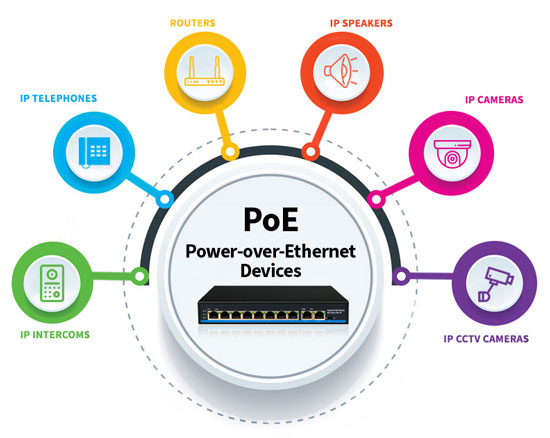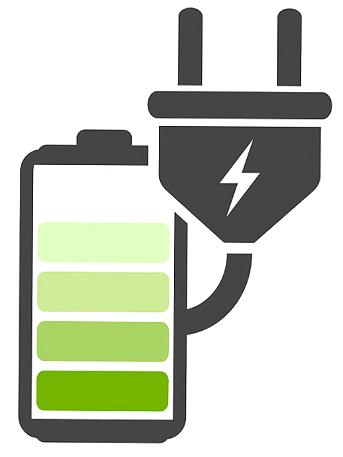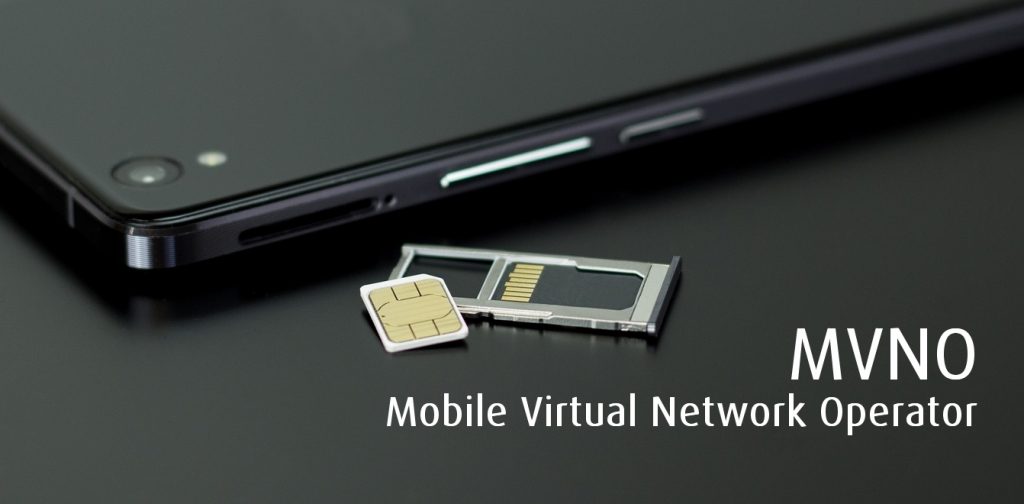VoIP Power and Backup Solutions
Power and backup solutions are crucial for ensuring the availability and reliability of Voice over Internet Protocol (VoIP) systems. Here are the key considerations for power and backup solutions in a VoIP environment.
Uninterruptible Power Supply (UPS)
Deploying a UPS is essential to protect your VoIP infrastructure from power outages and disruptions. A UPS provides temporary power during outages, allowing your VoIP equipment to remain operational until power is restored or until a backup power source, such as a generator, kicks in. UPS systems help prevent call drops, data loss, and potential damage to hardware due to sudden power loss.

Backup Power Sources
In addition to UPS systems, consider backup power sources, such as generators or backup batteries, to provide extended power backup during prolonged outages. Depending on your business requirements and the criticality of your VoIP services, you may opt for a generator capable of powering your entire office or specific backup power solutions for essential VoIP components.

Power Over Ethernet (PoE)
Implementing Power over Ethernet (PoE) technology can simplify power management for VoIP devices, such as IP phones and wireless access points. PoE eliminates the need for separate power adapters by delivering power through the Ethernet cables used for data transmission. PoE switches or injectors supply power to PoE-enabled devices, reducing clutter and ensuring power availability for VoIP equipment.
Redundant Power Supplies
Consider using VoIP devices with redundant power supply options. Redundant power supplies have multiple power inputs, allowing the device to switch to an alternative power source if one fails. This redundancy helps maintain uninterrupted operation even if one power source encounters issues.
Power Management and Monitoring
Implement power management and monitoring solutions to gain visibility into the power status of your VoIP equipment. Power management software or network management systems can provide real-time monitoring of power usage, battery health, and UPS status. This enables proactive maintenance and alerts you to any power-related issues that may impact VoIP services.
Network Infrastructure Redundancy
Plan for network infrastructure redundancy to minimize downtime and maintain VoIP connectivity during power-related events. Consider redundant network connections from multiple service providers or the use of diverse paths to ensure that your VoIP traffic can continue to flow even if one connection or path is affected by a power outage.
Disaster Recovery Planning
Develop a comprehensive disaster recovery plan that includes power outage scenarios. Identify critical VoIP components, prioritize their recovery, and define procedures for transitioning to backup power sources. Test the disaster recovery plan periodically to ensure its effectiveness and make any necessary adjustments.
Cloud-Based VoIP Services
If you opt for a cloud-based VoIP service, ensure that the service provider has robust power backup and redundancy measures in place. Cloud-based solutions are typically hosted in data centres with backup power generators, redundant power feeds, and failover mechanisms to ensure service continuity even during power-related incidents.

Remember to periodically test your power and backup solutions to verify their effectiveness and identify any potential issues. Power and backup solutions are integral parts of maintaining a reliable and available VoIP system, ensuring uninterrupted communication and minimizing the impact of power-related disruptions on your business operations.
When assessing VoIP power and backup solutions. Consult with your VoIP service provider or a qualified IT professional to ensure accurate compatibility information. They can help you determine the best course of action, including any necessary upgrades or replacements, to ensure a smooth transition to VoIP while maintaining optimal call quality and power functionality
By leveraging of these advanced periodical test and integration capabilities, VoIP empowers businesses to streamline communication, enhance collaboration, and improve customer service. The flexibility and customization options provided by VoIP systems enable businesses to tailor their communication infrastructure to their specific needs and gain a competitive edge in today’s fast-paced business landscape.
VoIP Relevant Articles:
- Cost Savings (Click to find out)
- Scalability and Flexibility (Click to find out)
- Advanced Features and Integration (Click to find out)
- Mobility and Remote Work (Click to find out)
- Improved Collaboration and Productivity (Click to find out)
- What’s VoIP and its Key Benefits (Click to find out)
- Bandwidth and Internet Connection (Click to find out)
- Quality of Service (QoS) (Click to find out)
- Network Security (Click to find out)
- Infrastructure Evaluation (Click to find out)
- Existing Phone System Assessment (Click to find out)
- Hardware and Equipment Compatibility (Click to find out)
- Power and Backup Solutions (Click to find out)
- Upgrading Your Business to VoIP Services (Click to find out)
- VoIP Systems (Click to find out)
By Abdul W Moghul
 MVNO MVNE MNO Mobile & Telecoms industry intelligence Telecoms Jobs, News and Business
MVNO MVNE MNO Mobile & Telecoms industry intelligence Telecoms Jobs, News and Business






